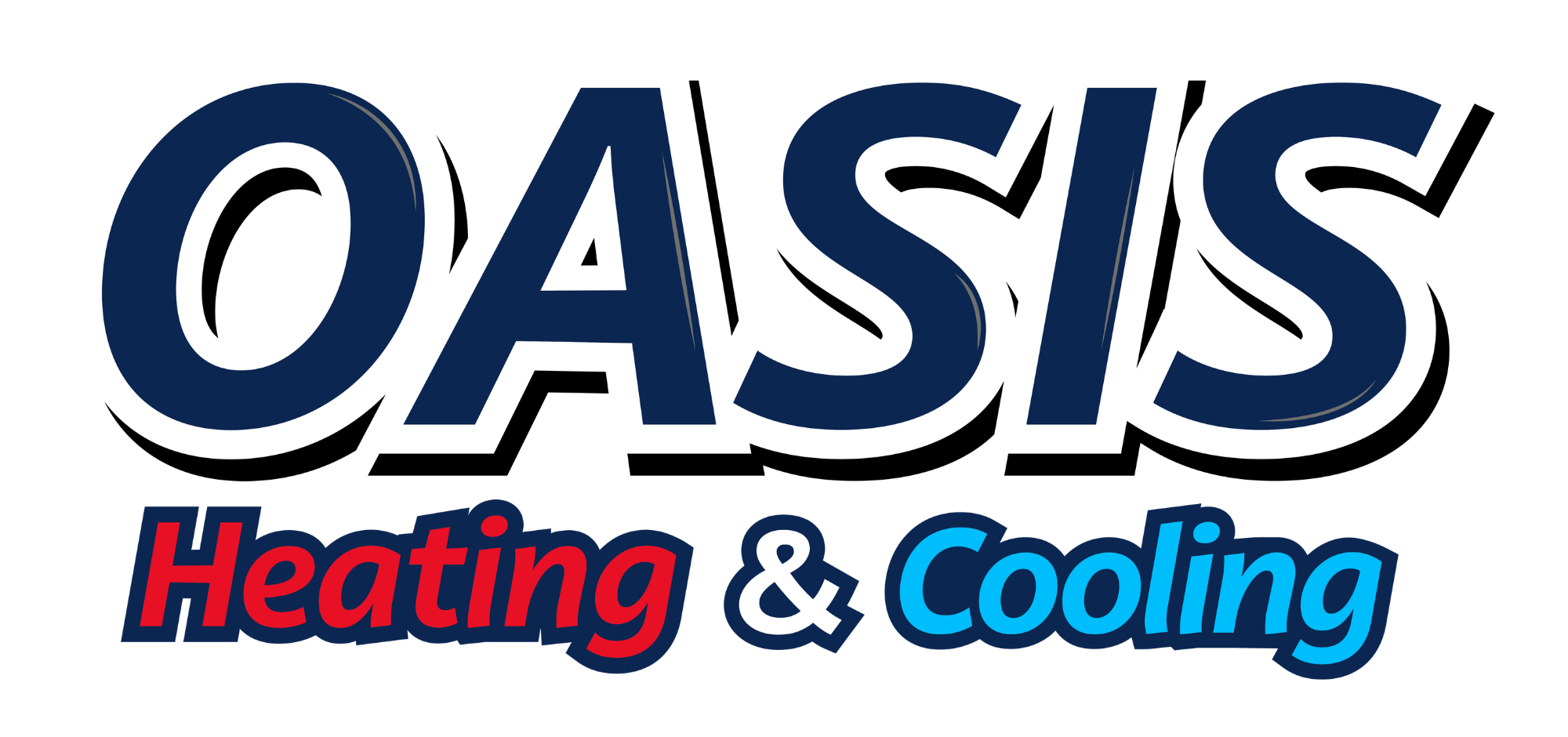The following article shows potential energy savings if proper HVAC maintenance is performed. HVAC maintenance is one of the best ways to ensure you pay lower energy costs over time and your HVAC system deteriorates slower, pushing off replacement up to several years.
Data in this article:
- Common HVAC maintenance practices and impact on energy savings
- Energy savings based on how frequently maintenance occurs
- Maintenance frequency needed by climate
- Maintenance needed by the age of the system
Common HVAC Maintenance Practices and Impact on Energy Savings
The following table gives some common HVAC maintenance practices and how much energy savings one can expect from regular maintenance of the component.
| Maintenance | Frequency Needed | Energy Savings % |
| Air Filter Replacement | Every 6-12 Months | 5% – 15% |
| Thermostat Calibration | Annually | 2% – 3% |
| Duct Inspection and Sealing | Every 2-3 Years | Up to 20% |
| Condenser and Evaporator Coil Cleaning | Annually | Up to 30% |
| Refrigerant Level Check and Adjustment | Annually | 5% to 20% |
| Blower Components Adjustment and Cleaning | Annually | Up to 15% |
| Electrical Connections Check | Annually | 1% to 2% |
| System Controls Check | Annually | 2% – %5 |
Below is the rationale for our data:
- If air filters are not periodically replaced, dust and debris will obstruct airflow and cause the system to be less efficient.
- Thermostats improperly calibrated may overheat or overcool the home. Calibrating the thermostat ensures it only operates when necessary.
- Leaks in the ductwork will cause the system to operate much less efficiently due to more air needing to be pumped into the home to maintain the correct temperature and should be checked every few years.
- The outdoor condenser coil and indoor evaporator coil must be cleaned to ensure efficient heat absorption and release.
- The HVAC system must have the proper refrigerant charge to operate at optimal efficiency, reducing the workload on the compressor and minimizing energy consumption.
- Cleaning and adjusting blower components will ensure proper airflow and can have a major effect on the efficiency of the system.
- Electrical connections must be tightened will ensure the safe operation of the system and prevent system failures that will impact system efficiency.
- System controls prevent energy waste from the system from running longer than necessary or operating erratically.
Energy Savings Based on Frequency of Maintenance
Intuitively, it is understandable that maintaining the HVAC system properly will save a high % of energy. But, there is no need to overdo it. We recommend annual maintenance for the most optimal maintenance frequency/energy savings trade-off.
| Maintenance Frequency | Estimated Average Energy Savings (%) |
| Monthly | 1% – 3% |
| Quarterly | 3% – 5% |
| Annually | 5% – 15% |
| Once Every Two Years | 4% – 10% |
| Once Every Five Years | 2% – 5% |
While smaller maintenance such as checking and cleaning air filters and minor system inspections should occur monthly or quarterly, primary energy savings will come from annual system maintenance such as filter replacements, thermostat calibrations, duct sealings, coil cleanings, refrigerant level checks, blower component adjustments, and electrical connections checks.
Maintenance Frequency Needed By Climate
Different climates, depending on the extremity, will need more frequent maintenance to maintain the same optimal energy savings shown above.
| Climate Type | Recommended Maintenance Frequency |
| Mild Climates | Annually |
| Hot, Humid Climates | Semi-Annually (Before & after the Hottest Months) |
| Hot, Dry Climates | Semi-Annually (Before & after the Hottest Months) |
| Cold Climates | Semi-annually (Before & after the coldest months) |
| Temperate Climates | Annually or Semi-annually (based on system usage) |
| Extreme Climates | Semi-annually or Quarterly |
For most climates, regular, annual maintenance will be enough to keep the system operational and running at peak energy efficiency. However, for more extreme climates, more frequent maintenance is required to keep the system running. In humid climates, more energy is demanded for humidity control, but in more dry climates, dust and debris may hinder efficiency.
Maintenance Frequency by Age of System
The following table highlights the recommended maintenance frequency based on the age of the system to maximize life expectancy and energy efficiency.
| Age of System | Recommended Maintenance |
| New (0 – 5 Years) | Annual check-up |
| Mid-life (6-10 years) | Semi-annual check-ups; consider system assessment for potential upgrades |
| Aging (11-15 years) | Semi-annual to quarterly check-ups; assess parts for replacement |
| Old (16+ years) | Quarterly check-ups; evaluate the cost-benefit of a new system |
How HVAC system maintenance changes based on system age:
- New (0 – 5 Years): New system maintenance will focus on filter replacements, system control checks, and ensuring the refrigerant levels are correct. Maintenance early will prolong the system lifespan and preserve system efficiency.
- Mid-life (6-10 years): In this period, we observe some parts beginning to fail or underperform. Maintenance is heavily focused on identifying parts that may need replacing, in addition to assessing the system itself for opportunities to become more energy efficient.
- Aging (11-15 years): Aging systems are more apt to break down. Maintenance should focus on parts like motors, belts, and coils, which may need to be replaced for the system to keep running efficiently. However, energy efficiency may still decline due to the age of the system.
- Old (16+ years): With older systems, a new system may be the best way to improve energy efficiency. Operating costs will begin to rise dramatically, even with frequent maintenance.
Our technicians are professionals at optimizing HVAC systems for energy efficiency. To schedule a service or to request a copy of this report, feel free to contact us on our contact page.
Sources


